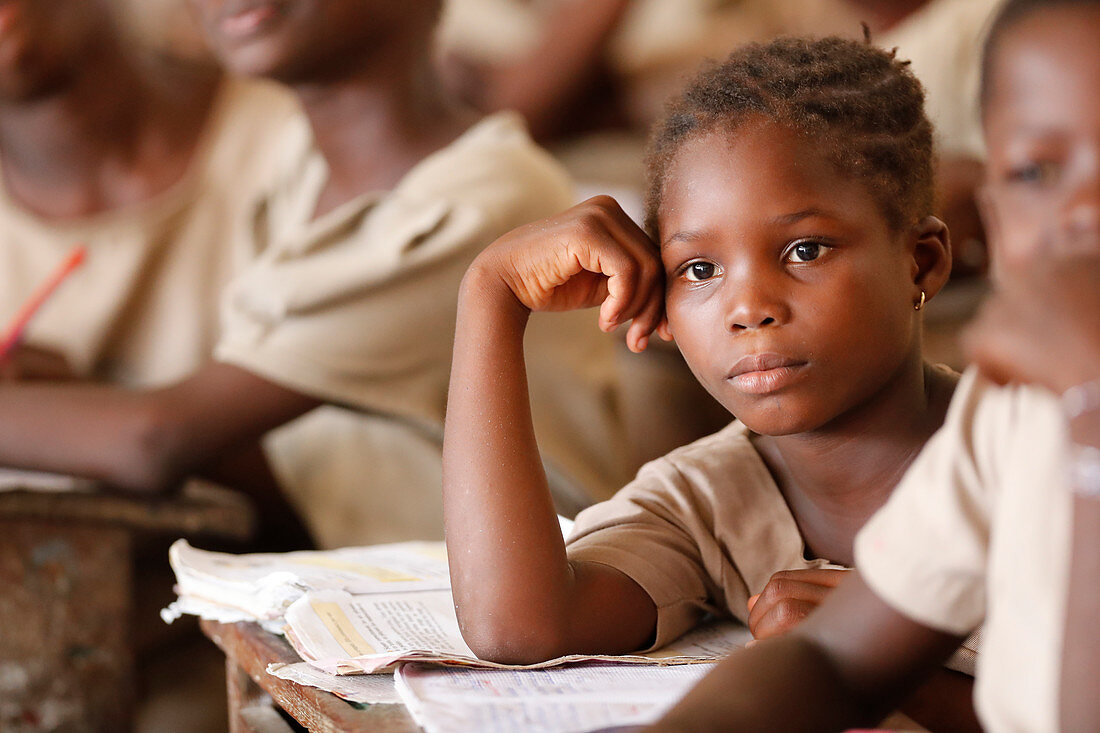The government of Tanzania does not conduct a national standardized examination specifically for Form Three students. Instead, the assessment at this level is primarily the responsibility of individual schools. These schools conduct their own internal examinations to measure the students' understanding of the curriculum covered during that academic year. The purpose of these Form Three examinations is largely formative, aiming to identify areas where students are performing well and areas where they may need additional support before progressing to Form Four, which culminates in the significant national examination (CSEE).
While there isn't a national Form Three exam, the assessments conducted by schools at this stage are crucial for monitoring student progress and the effectiveness of teaching. These internal examinations often mirror the format and rigor of the national Form Four examinations to provide students with early exposure and preparation. The results help teachers tailor their instruction to meet the specific needs of their students and allow school administrators to evaluate the overall academic performance of the Form Three cohort, making necessary adjustments to teaching strategies and resource allocation in preparation for the crucial final year of Ordinary Level secondary education.
FORM THREE TIE BOOKS
- BASIC MATHEMATICS
- PHYSICS
- CHEMISTRY
- BIOLOGY
- GEOGRAPHY
- HISTORY
- ENGLISH LANGUAGE
- LITERATURE IN ENGLISH
- KISWAHILI
- CIVICS
- INFORMATION AND COMPUTE STUDIES (ICT)
- COMMERCE
- BOOK KEEPING









